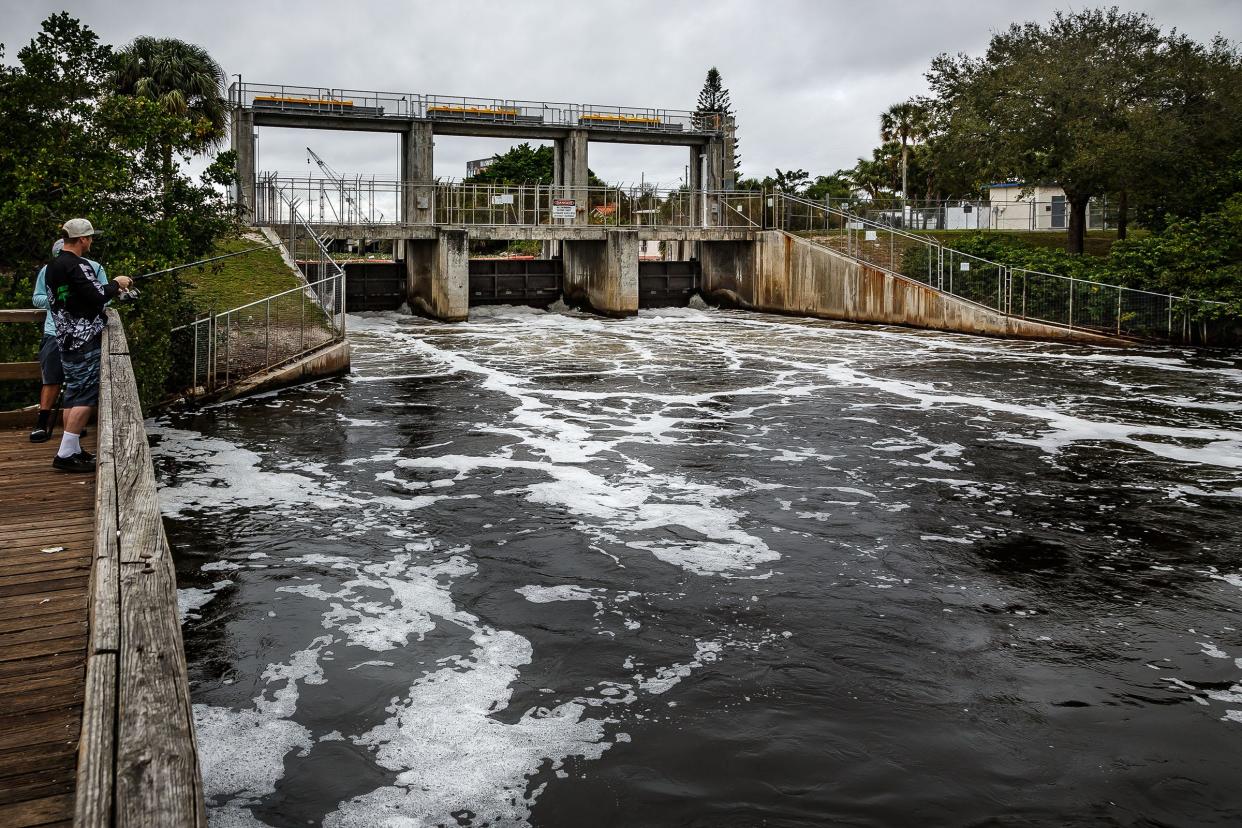Lake O operating plan about the best option of tough choices

Pity the U.S. Army Corps of Engineers. Taking on the role of a modern-day Solomon, the federal agency had to come up with new water usage guidelines involving Lake Okeechobee that would somehow satisfy multiple stakeholders with competing interests. What the Corps came up with isn't perfect, but it is arguably the best option available.
Until work is finally completed on the Everglades restoration projects currently under construction, the Lake Okeechobee System Operating Manual (LOSOM) simply will have to do.
“If you improve somewhere, it’s going to be at the expense of something else,” Calvin Neidrauer, a hydrologic modeler told The Palm Beach Post's Kimberly Miller.
Granted, the new management plan won't please everyone. The farming community got a good allotment of water from Florida's largest freshwater lake but is suing for more. Environmentalists are grateful more lake water will flow south to the Everglades but had hoped for more. Communities along the estuaries that are the release valves for a bloated lake still have to worry about polluted runoff, a situation that prompted U.S. Rep, Brian Mast to use a profane "cow dung" description to express his feelings about the outcome.
LOSOM is the acronym for how the Corps will manage the lake next year, once work on the Herbert Hoover Dike is completed. A plan that recognizes the many demands on the lake is clearly needed, given that 9 million people in South Florida rely on the lake for drinking water, as do thriving recreational boating and fishing industries, sugar cane and vegetable farmers, the Florida Everglades and Florida Bay.
The new plan has benefits. It cuts the amount of polluted water in the St. Lucie Estuary by 76%, and in Caloosahatchee River by 60%. The amount of water flowing south to the Everglades National Park and Florida Bay will more than triple, and the clear beneficiary in Palm Beach County is the Lake Worth Lagoon, which will see an 83% reduction in algae-contaminated discharges and be treated as an environmentally sensitive estuary.
But the plan can't fix everything. Owing to improvements to the Herbert Hoover Dike, the plan calls for higher lake levels, which will threaten the lake's ecology and ultimately fishing, as submerged plants die from lack of sunlight.
The lake provides almost half of the water used by West Palm Beach, through the Grassy Waters Preserve, which also supplies the towns of Palm Beach and South Palm Beach. West Palm officials have said the Corps didn't adequately model key county areas including the Preserve, the city’s main water source, or consider how the city must provide water to the Loxahatchee River during the dry season. Those questions remain unanswered.
While LOSOM puts greater priority on environmental concerns, it can't completely eliminate the possibility of lake discharges. The Corps is still responsible for managing lake levels, and if weather or water supply needs warrant it, the brackish discharges will find their way into the Caloosahatchee River and St. Lucie River estuaries.
There have been improvements as part of the Comprehensive Everglades Restoration Plan (CERP) draws closer to reality. Just last week, the C-44 Reservoir and Stormwater Treatment Area, a $339 million Everglades restoration project aimed at cleansing water runoff before it flows into the St. Lucie River and Indian River Lagoon, began operating. Work on a similar reservoir — the C-43 West Basin Storage Reservoir — near the Caloosahatchee River, is progressing and is expected to be completed in 2022.
The recent pledge by Gov. Ron DeSantis to seek $660 million in the upcoming state budget for Everglades restoration, including CERP, the EAA Reservoir Project and the Lake Okeechobee Watershed Restoration Project, marks Florida's commitment to play its part in the ongoing state-federal commitment to help restore the famed River of Grass.
More can be done. Building a reservoir to the lake's south will ensure fewer lake discharges east and west and direct cleaner water to the Everglades. A new reservoir and treatment area north of the lake would curb polluted water coming into the lake and help keep lake levels low enough to maintain fishing habitat. Unfortunately, those projects are years off and money remains an issue.
Last week's plan offers a marked improvement in the way the Corps manages the lake. Until further Everglades restoration projects come online, this is as good as it gets.
This article originally appeared on Palm Beach Post: LOSOM is the Army Corps' best tool to manage Lake Okeechobee

